Fight looms over ‘full employment’ ambition for Aussie workers
Employers and unions are at odds over a new jobs target after the government announced major changes to how Aussies work.
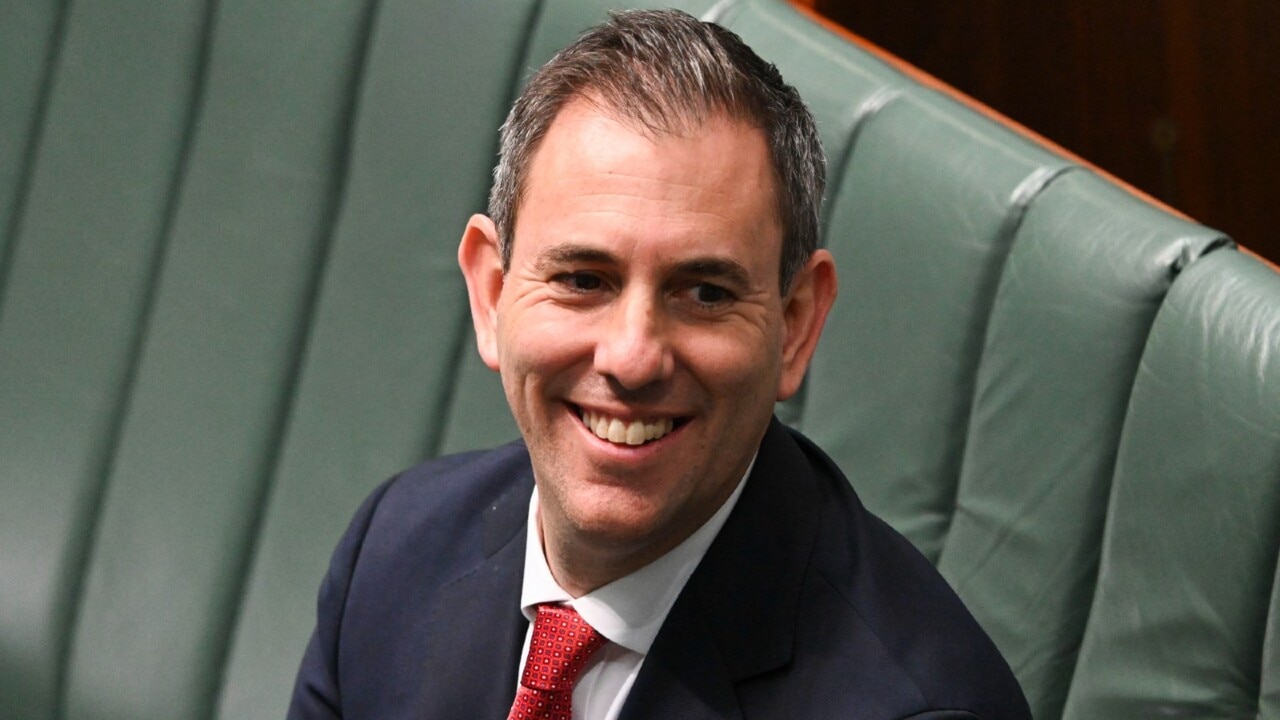
At Work
Don't miss out on the headlines from At Work. Followed categories will be added to My News.
A stoush looms over the federal government’s new jobs goal as bosses and unions clash on whether the change will make the Reserve Bank’s fight against inflation more difficult.
On Monday, the government released its new jobs strategy, which included a broadened union-backed definition of ‘full employment’ to ‘everyone who wants a job can get one without searching for too long’.
The government's new definition draws a distinction with the RBA’s unemployment forecasts, which are based on the non-accelerating inflation rate of unemployment (NAIRU) - the lowest level of unemployment before the economy starts generating inflation and sharp wages growth.
The RBA forecasts the NAIRU is between 4-4.5 per cent, which means the current 3.7 per cent unemployment rate is unsustainably low.
In June, then-RBA deputy governor Michele Bullock said that unemployment was forecast to rise to 4.5 per cent as the economy slowed as a result of its aggressive round of rate hikes, which she said would be “closer to a sustainable balance point”.

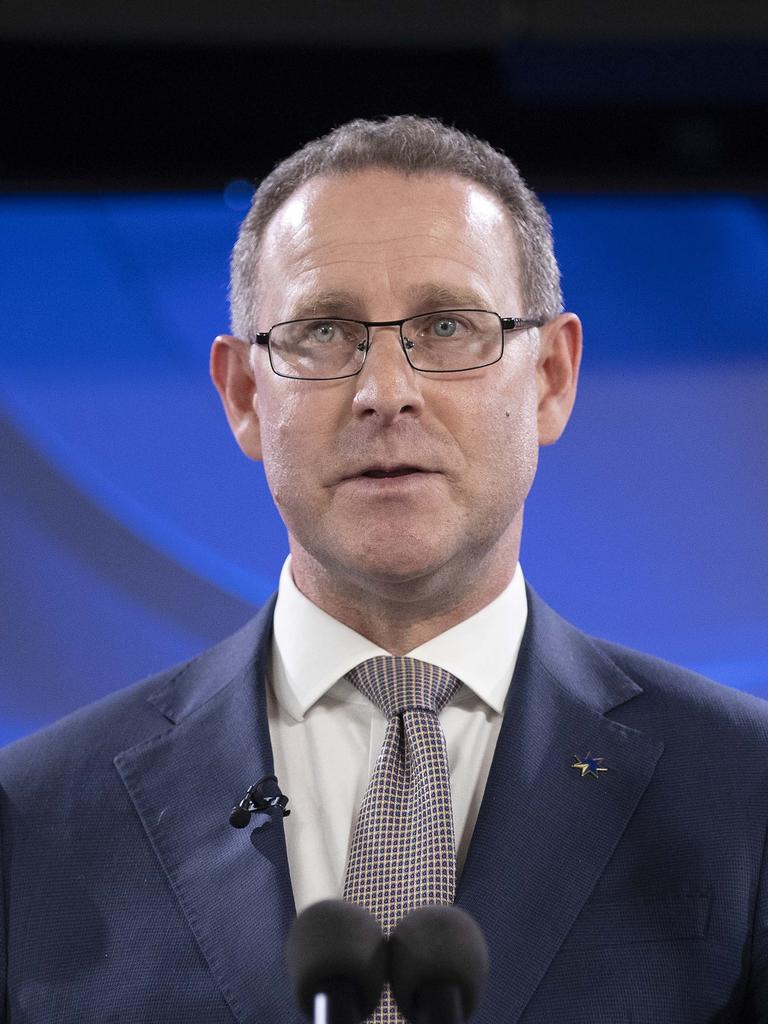
But employers criticised the change, claiming it was at odds with the RBA’s fight against inflation.
“This will create confusion and potentially undermine the long-settled understanding of full employment under which monetary policy has operated,” ACCI chief executive Andrew McKellar said.
“[The government] needs to make clear that, contrary to trade union understandings, there will be zero impact on the RBA’s interest rate setting framework.”
However, the Australian Council of Trade Unions welcomed the government’s commitment to full employment.
“Full employment should be about getting to an economy where everyone who wants a job will be able to get a job and where the quality of jobs matter,” ACTU president Michele O’Neil said.
“We are pleased to see a government that is using every lever to achieve these goals.”
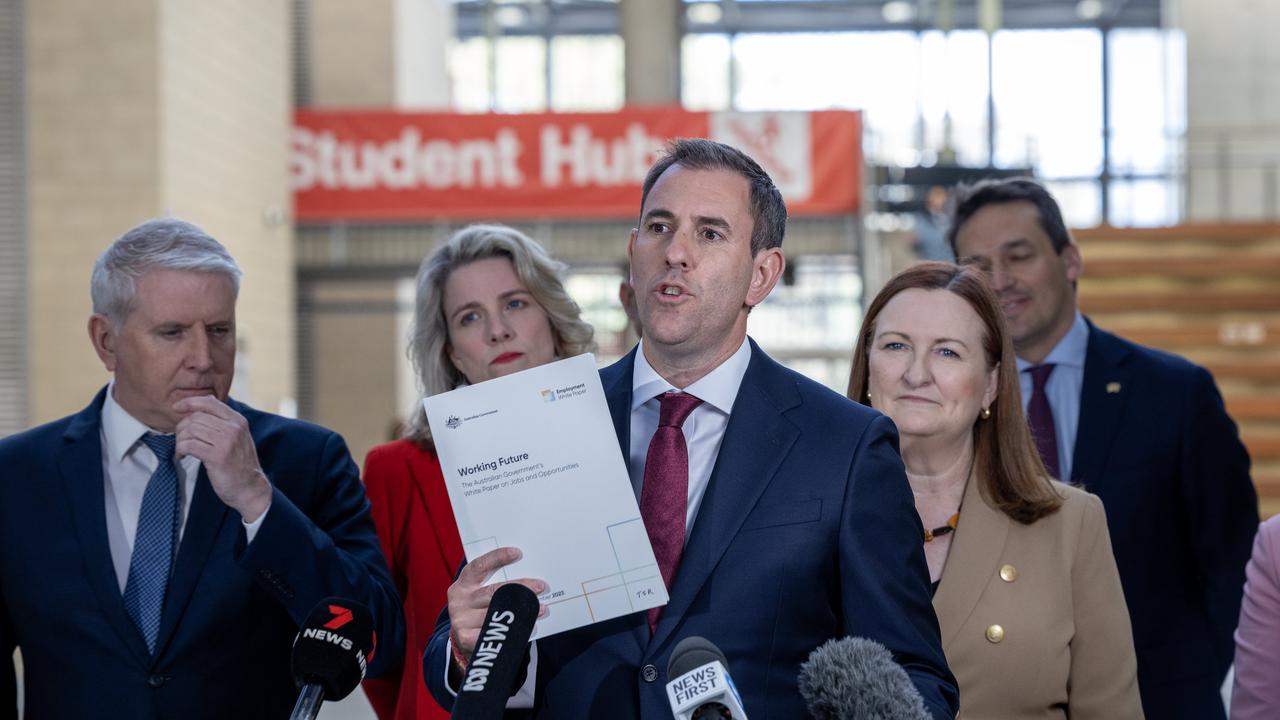
Treasurer Dr Jim Chalmers maintained his more ambitious jobs objective served as a goal, and was unlike the RBA’s “technical assumption”, and therefore would not undermine the central bank’s work.
“That is our goal and that’s our objective that sits alongside, it doesn’t contradict, it complements the shorter term definitions that people like the Reserve Bank and the Treasury use to drive their assumptions and forecasts,” he told reporters in Adelaide.
“What we want to do over time is we want to drive that NAIRU down. We want to drive that assumption about full employment down over time.”
The RBA itself sought to hose down concerns over the new full employment ambition, with a spokesperson from the central bank stating that it endorsed the Treasurer’s comments.
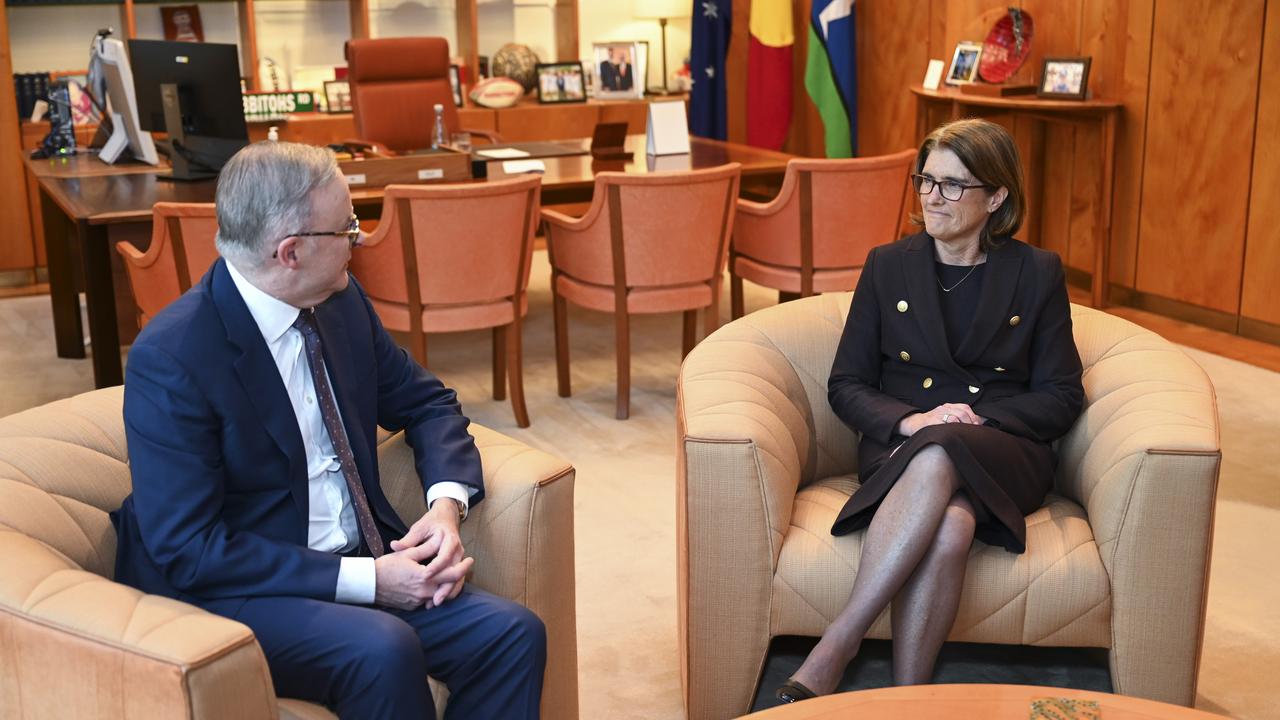
Bold new jobs plan
The white paper also includes changes that allow aged and veterans pensioners to earn more before they lose their benefits.
After a temporary $4000 income credit was introduced last year, seniors and veterans will now permanently be able to work additional hours, and subsequently earn thousands of dollars more, before their pension payments are reduced.
The move is designed to boost workforce participation among these cohorts.
This means pension recipients will retain the current maximum Work Bonus balance limit of $11,800 rather than the previous limit of $7800.
Welfare recipients who find work will also be allowed to use concession cards and other social security benefits for 24 weeks, rather than the current 12, under the Treasurer’s plan to remove barriers to taking up employment.
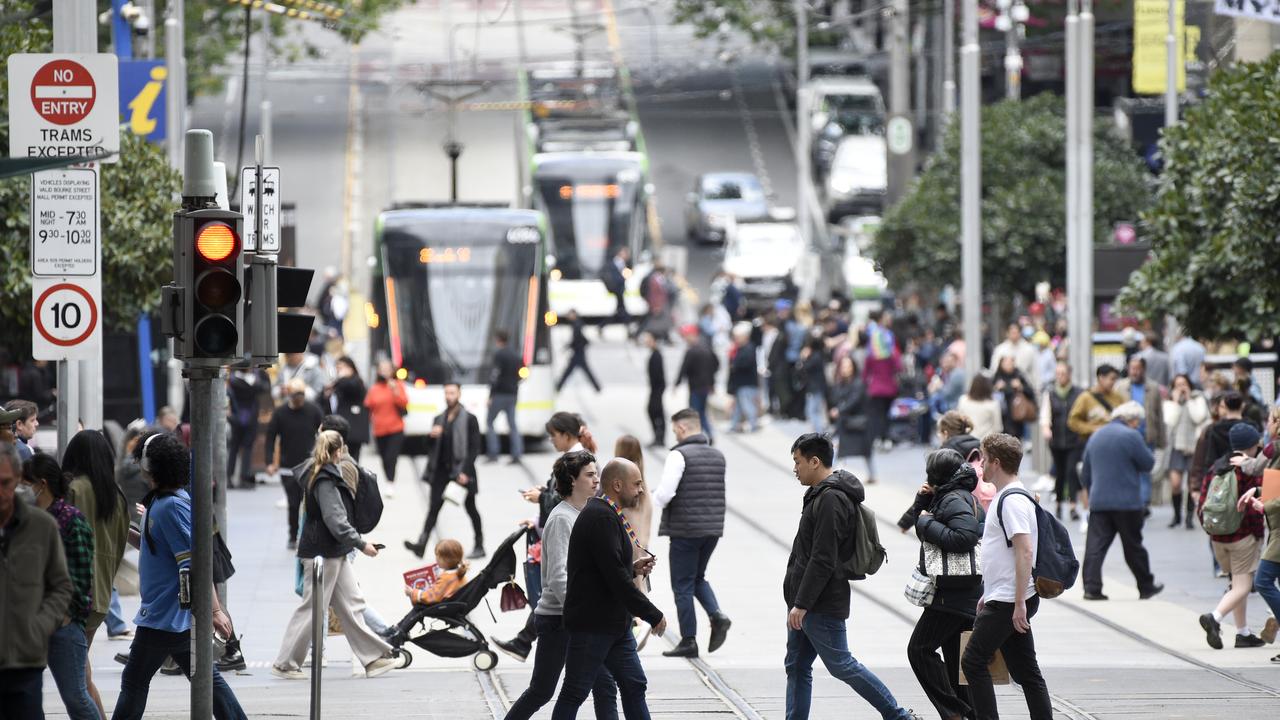
“It is designed to address concerns that losing access to concession cards, childcare subsidies and other supplementary payments, or having to reapply and wait for income support if things don’t work out, acts as a discouragement to taking up work, particularly short-term, casual and gig economy work,” Dr Chalmers said.
The measure will be introduced from July 1 next year and are expected to benefit 138,000 welfare recipients at a cost of $42.8 million in its first three years.
While the jobs blueprint is largely a consolidation of previously announced government policies, the strategy will seek to guide the government’s in reforms currently underway across a range of areas, including reforms to the migration system, investment in skills and enhancements to workforce participation.
These include the establishment of workforce planning agency Jobs and Skills Australia, a new national skills agreement being negotiated with the states and territories, as well as a fresh migration strategy and the universities accord.
In addition, Dr Chalmers committed a further $41 million over the next six years to TAFE training, including new TAFE centres of excellence, as part of the new national skills agreement.
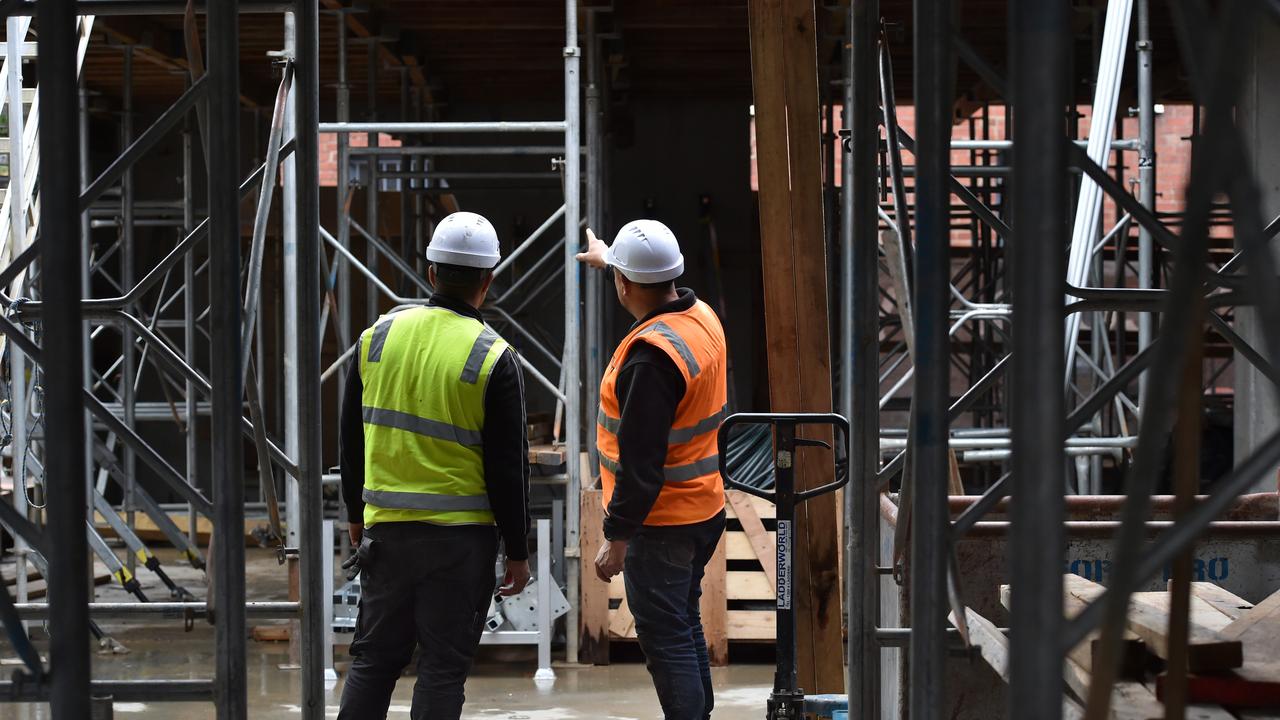
Of the new funding, $31 million will go to fast tracking six new TAFE centres with the ambition of improving co-ordination between training and industry, while the remaining $10 million will go towards developing bachelor-equivalent higher apprenticeships
A $9 million scoping study for a ‘National Skills Passport’ will be launched. Under the proposal, a worker’s qualifications would be more easily demonstrated to employers thus reducing barriers to attaining employment.
Following its review of the migration system, the government is expected to deliver its full corresponding strategy in coming weeks, with accompanying legislation to follow.
The most controversial elements of the proposed changes are expected to be around the salary threshold for a new highly-paid permanent skilled visa, changes to workplace mobility rules for sponsored visa holders, and unions’ role in forming labour agreements in the low-paid worker stream, for example in the aged-care sector.

At the time of white paper’s release, the unemployment sits at near record-low levels of 3.7 per cent and there are more than 430,000 job vacancies according to official estimates.
However, the jobless rate is expected to rise in the months ahead while vacant roles will come off the boil as the economy continues to slow.
Adding to the government’s concerns, are the still millions of Australians who want to work but still face barriers to participation. People with a disability, from minority groups, have caring duties or have limited skills have been traditionally faced greater challenges finding work.
The white paper is a product of roughly 12 months of work since the government’s Jobs and Skills Summit, held in September last year.
Originally published as Fight looms over ‘full employment’ ambition for Aussie workers






